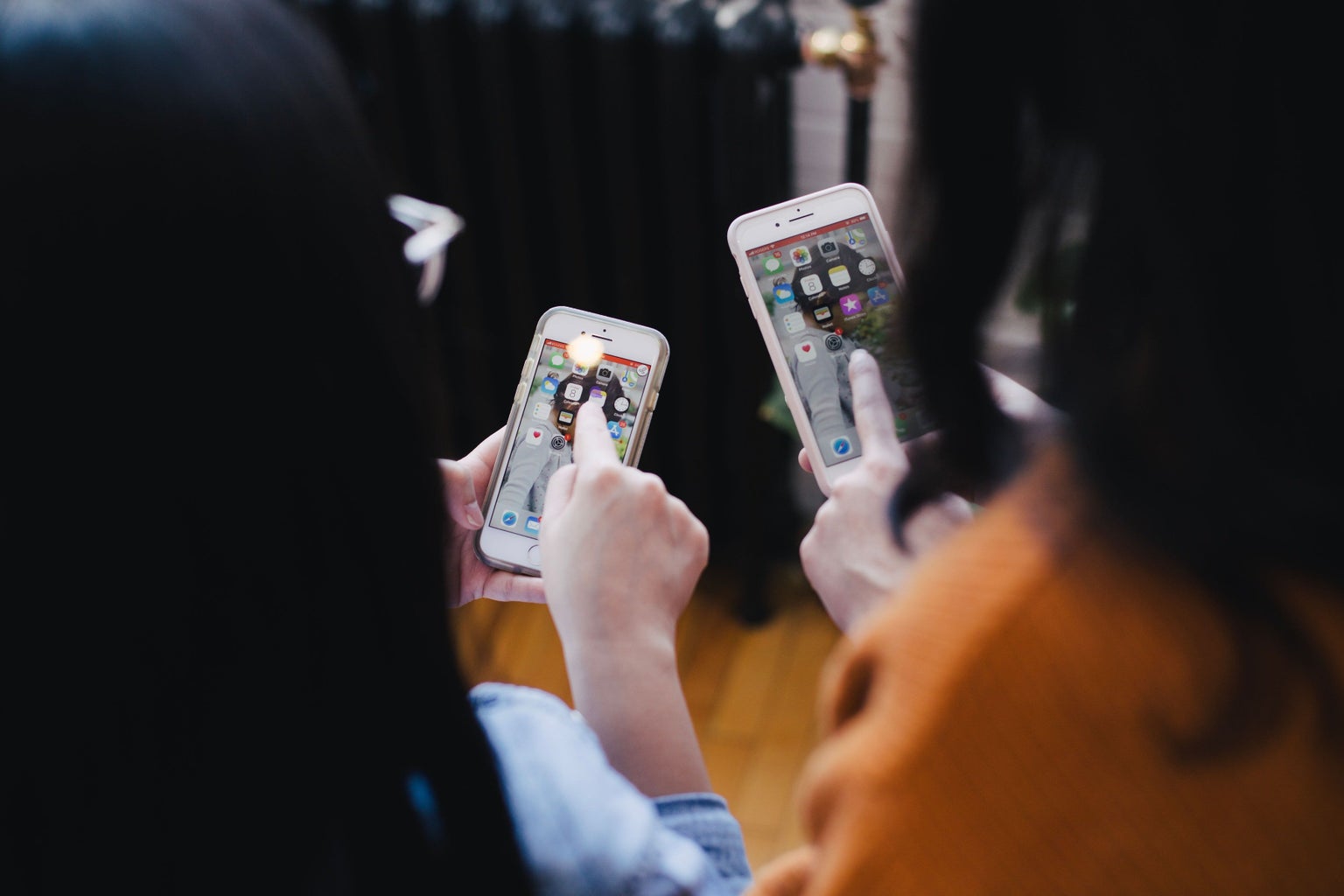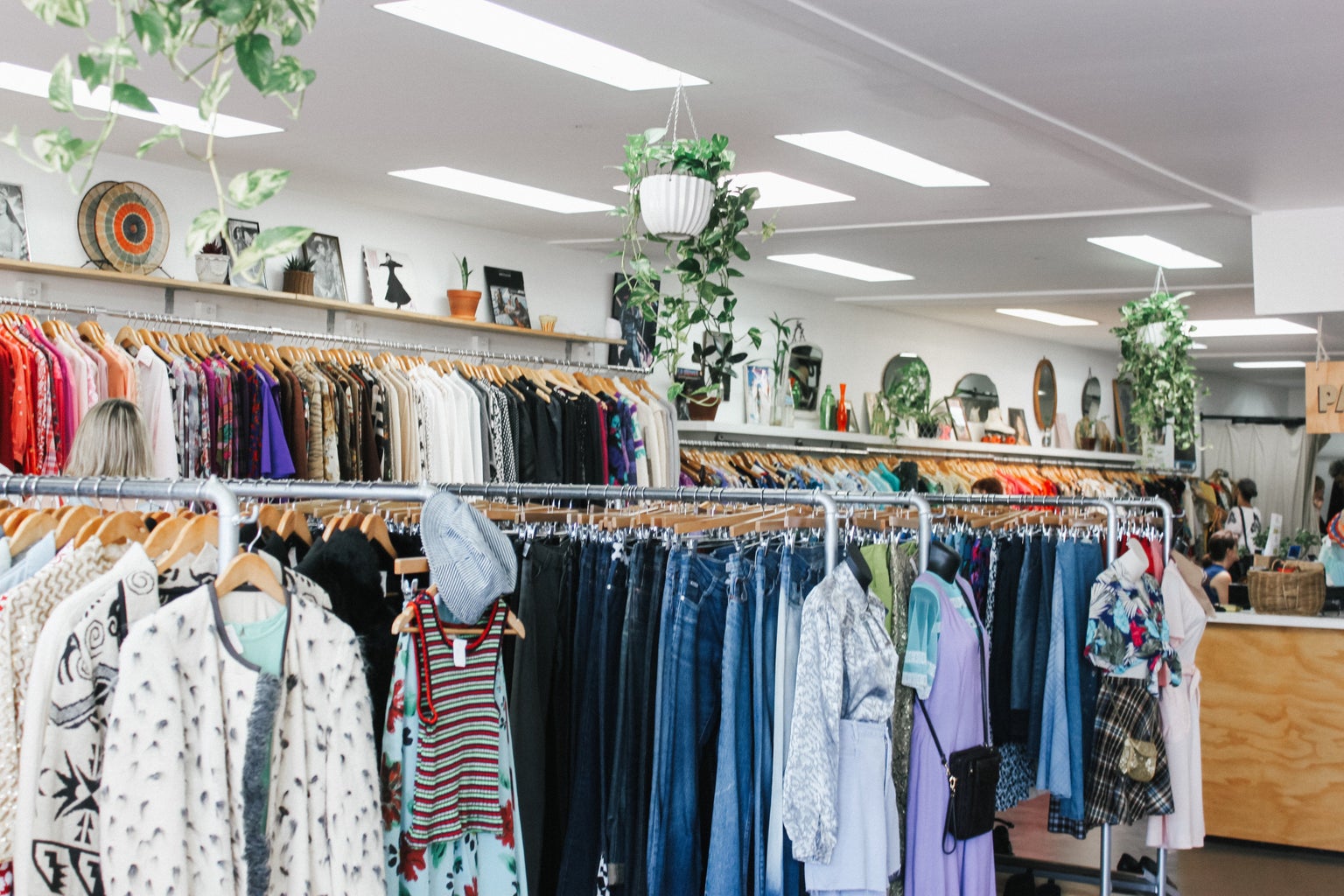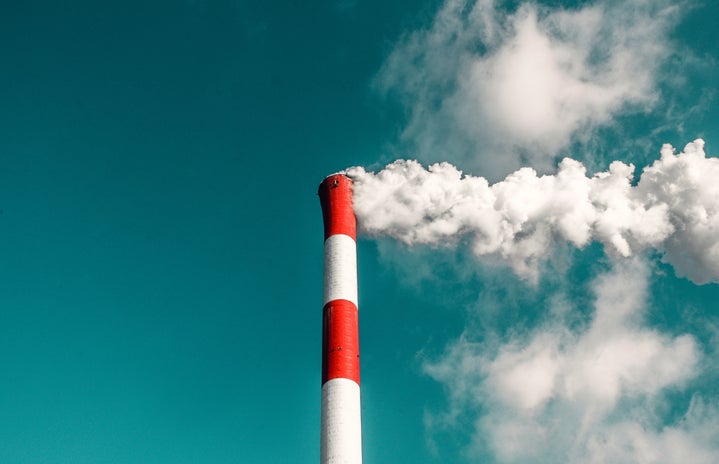Pixar movies are one word: Emotional. I think many of us can agree that Pixar is great at making us bawl our eyes out, embedding truthfulness in every film. If you have ever seen Wall-E, the emotions pour immensely. It shows that humans are living in a highly consumerist world where one company runs the world: Buy-N-Large. If you haven’t watched it, here’s the rundown:
This company is so big that the president of the company is a world leader. There are ads that fill the skies, telling people that happiness comes through. The bi-product of all of this resulted in a 5-year plan for humans to go on a luxury space cruise created by….
You guessed it, Buy-N-Large.
There was so much pollution that machines called “Wall-E” would clean up the man-made mess. Unfortunately, the consequence was a 5-year trip turned to 700 years in space. In space, the humans have lost all control of their bodies, roaming around in adult-sized hover-strollers, letting the corporation run their lives.
I don’t know about you, but Wall-E foretold our future, and we haven’t listened to one bit. The movie came out in 2008. There was much research on the state of our environment, providing instructions on how to reverse the effects. Even with tons of scientific research, no one listened. The storytellers at Pixar even tried to get a message across using Wall-E, but it seemed that the message got across 10 years too late.
First, in Wall-E, it shows us that there will be one overlying company that controls what people eat and do in their lives. In the food industry today, we are given the illusion that we have so many options to choose from when in reality, there are around four food giants that run the food industry in our supermarkets, which control the products we eat and consume.

Second, technology. In 2008, the formation of smartphones and personal laptops were slowly becoming a new norm. We had not yet seen the addiction of our own smartphones, yet Pixar showed us technology will control our lives. In the movie, the screens, attached to the hover strollers that the humans live on, control their eating habits, the way they dress, and how they communicate with people. In the film, friends talk to each other through the screens even if they are next to one another. Today, we go on Instagram and send photos to one another even if we are supposed to be having lunch out, moving away from technology.
Third, Technology. No that wasn’t a typo. Those hover strollers, that everyone uses to transport themselves, control all of their body movements. If they want to sleep, it reclines. When they want to eat, there is a cup holder next to their mouths! If they were to try and walk on their own, they would either collapse or look like babies the size of adults. Today, we have cars that self drive, and not to mention the development of a self-driving chair. It is almost as if someone looked at the movie, and decided that we should follow EXACTLY all the mistakes that were taken.
And finally, the mountains of pollution. In the film, the opening scene shows mountains of garbage reaching the polluted, brown skies. Already, we see garbage dumps piling up in places such as The Bronx in NYC. The fumes from the dumps have gotten so bad that they are affecting the health of everyone living there. Many products today are created to be used only once, and thrown away, making consumers go out to buy more of the same product, just to throw away again. These products are created using chemicals, which then are disposed of, creating toxins such as Dioxin to pollute the air. In the film, they had to leave the Earth BECAUSE of how bad pollution had gotten, making it inhabitable.
With all this negativity, I’m here to bring some lightheartedness!

Today, we are recycling and upcycling more than ever, trying to raise our conservation of products and resources. People now go to thrift stores to reduce waste of fabric materials, cans for pots, and much more. Now more than ever people are trying to live more environmentally friendly lives!
References:
No Impact Man (2009)
Food, Inc. (2008)


